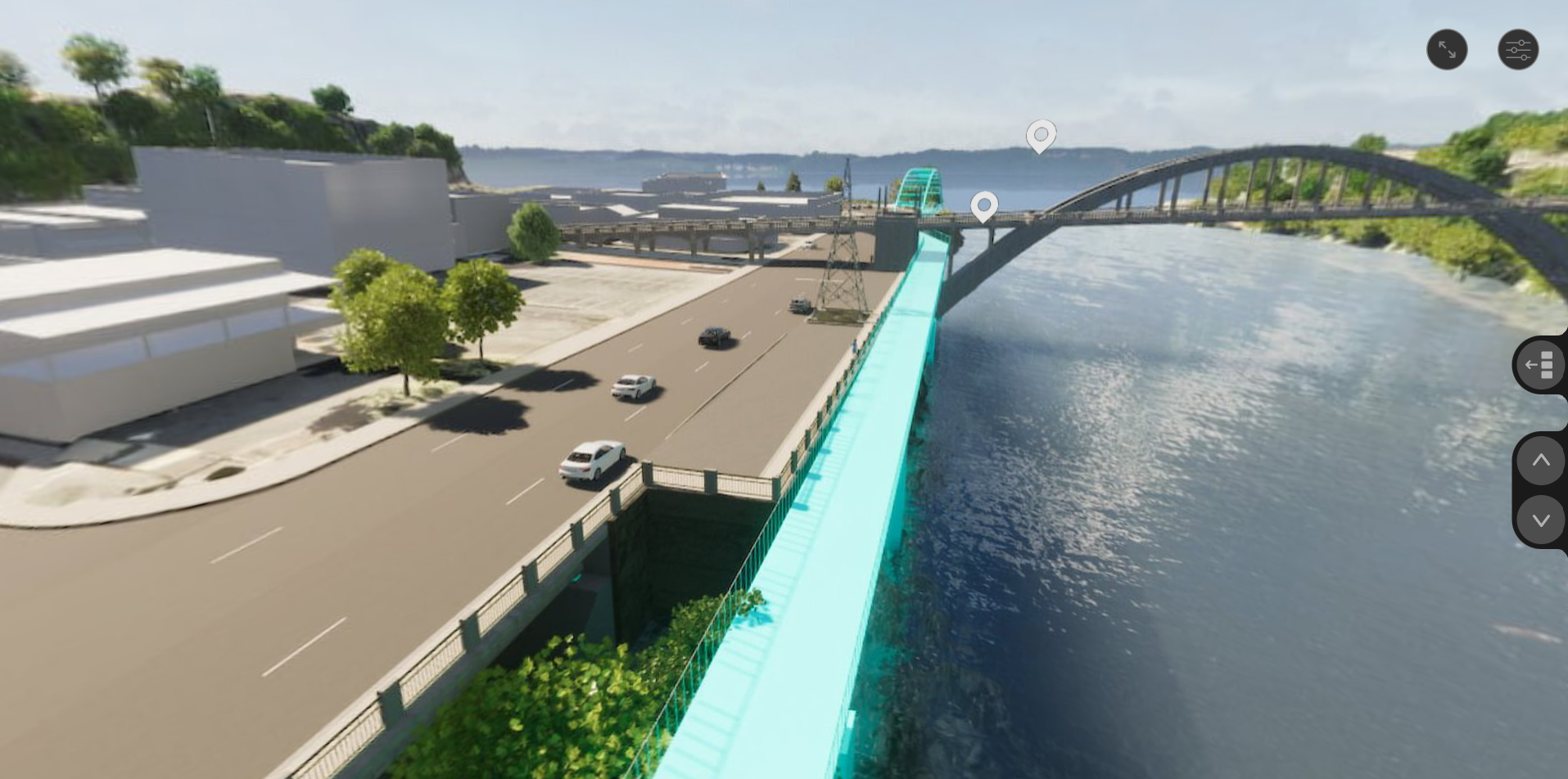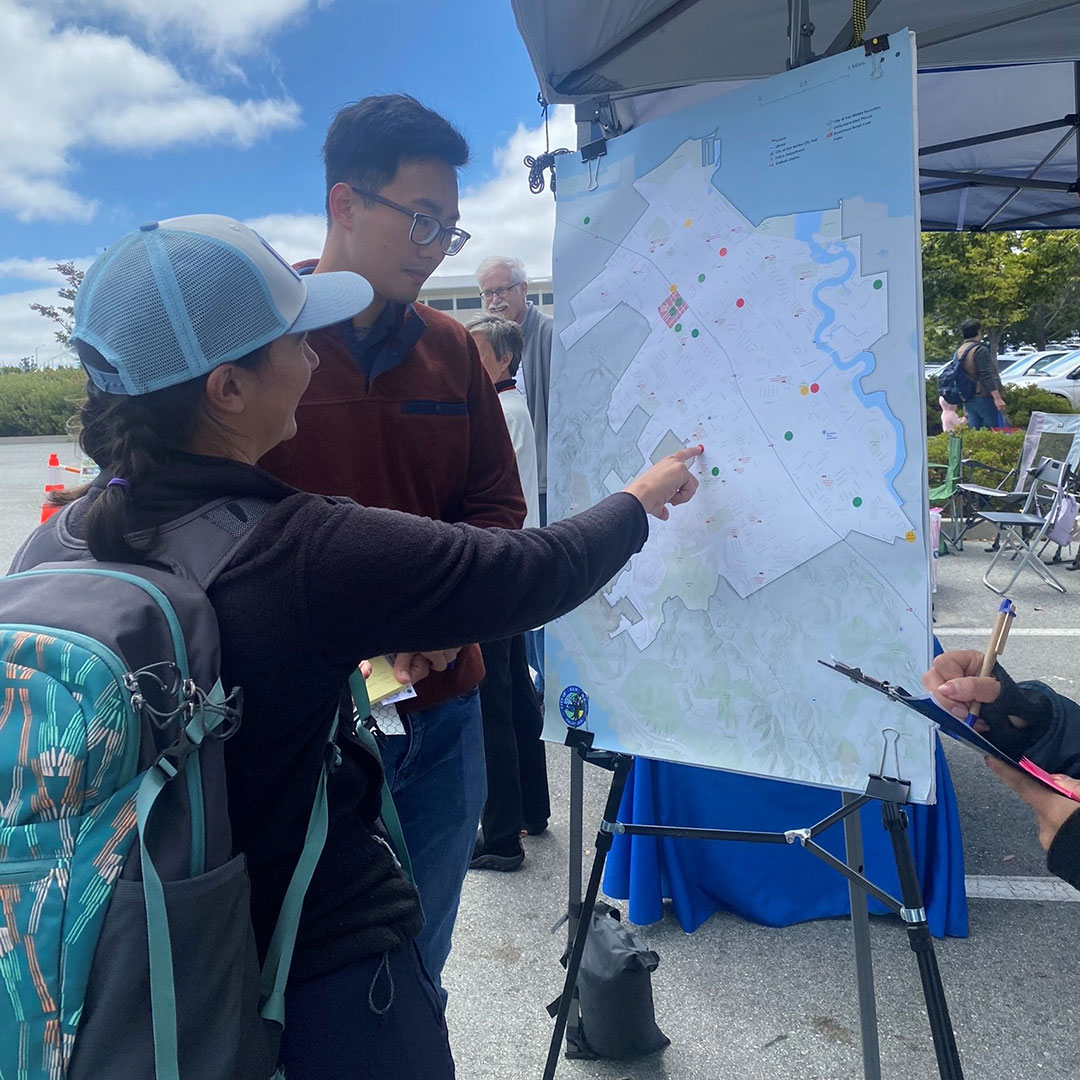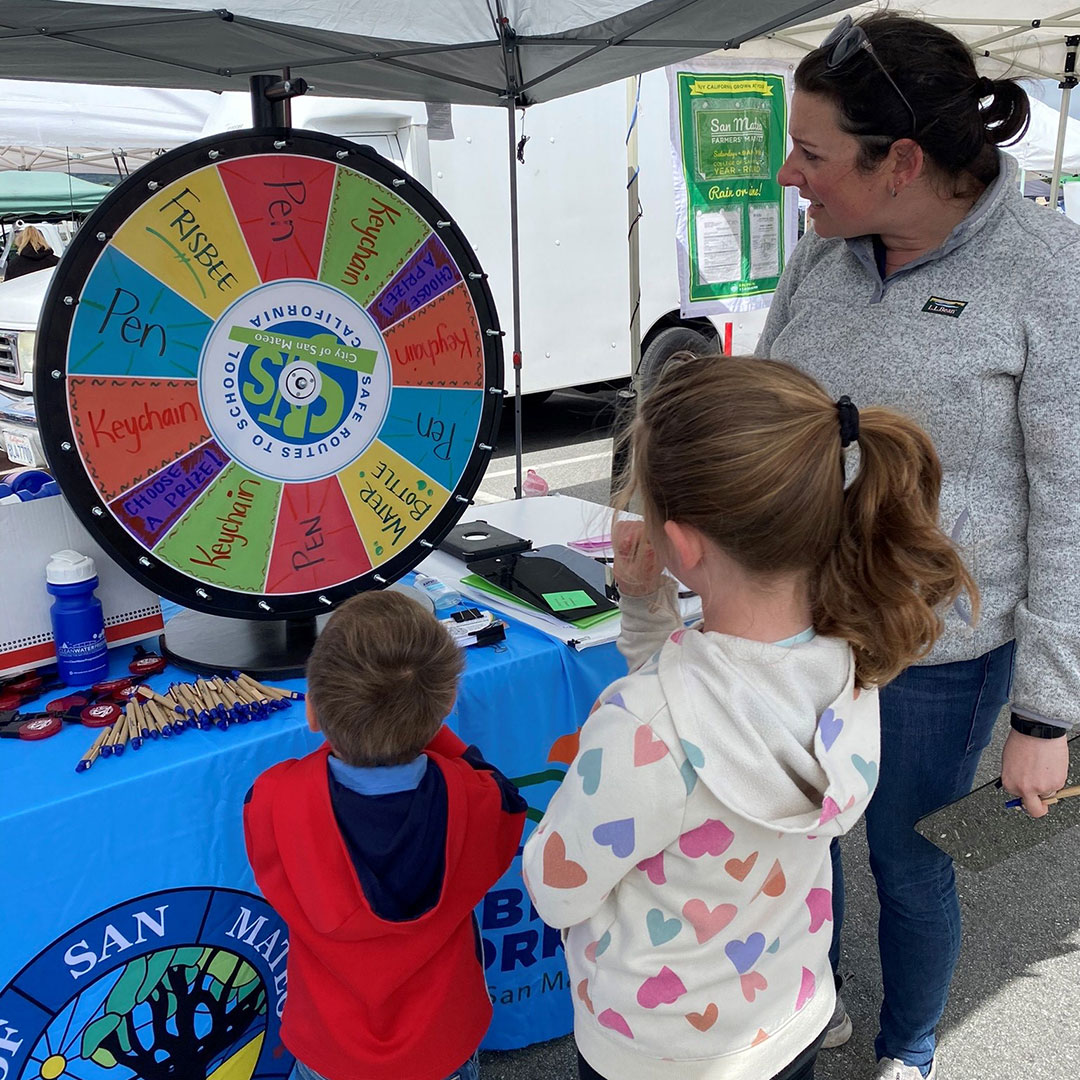July 23, 2024
For transportation agencies, public involvement is vital for making better-informed decisions that serve all members of a community. The US Department of Transportation (USDOT) defines public involvement as a “process that proactively seeks full representation from the community, considers public comments and feedback, and incorporates that feedback into a project, program, or plan.”
There is not a one-size-fits-all approach to public engagement, but for many years, there were tested and proved methods that many transportation agencies relied on. That all came to a halt in 2020 with the COVID-19 outbreak. Social distancing, stay-at-home orders, and a general fear of the unknown made it difficult to gather community input using traditional strategies.
Now, more than four years later, what are the best ways to equitably and successfully engage the public? Read how agencies are merging traditional approaches with the lasting impacts of the pandemic to reach their communities in today’s hybrid world.
Breaking from the Traditional
Before 2020, one of the most common approaches to public engagement in transportation projects were open house meetings and workshops. These were typically in-person events held at community locations such as government buildings or community centers. In-person events could be structured in a variety of ways depending on the project and the audience, but they relied on personal, face-to-face interaction with the community that allowed agencies to gather feedback.
With COVID-19, these were no longer possible. Our clients were faced with two options: postpone public engagement meetings (and as a result, stall projects) or pivot their public engagement strategies.
Transitioning to Virtual Engagement
Over the years, even prior to the pandemic, we’ve worked with clients to host online workshops. This experience allowed us to more easily adapt during the height of social distancing. It has also shown us that online engagement can, in the right circumstances, yield better results.
For example, the first public engagement opportunity for the Rogue Valley Transit District 2040’s Transit Master Plan drew only 12 community members to the in-person workshop, which took place in 2019. However, more than ten times the number of community members provided feedback through our online open house tool at that same time.
COVID-19 did not suddenly make virtual meetings an option, but it began to highlight the benefits that agencies and communities can experience when these tools are used at the right place and time.
Of course, we’ve all been to our fair share of webinars and virtual events that did not feel worth our time. So, what successfully engages people at an online event?
We’ve found that the key to making a virtual event engaging, whether it is an open house or workshop, is to focus on the user experience. It’s critical to look for opportunities to mimic the in-person experience many community members are used to.
In 2020, the Oregon Department of Transportation (ODOT) worked with Kittelson for the concept plan for the Oregon City-West Linn Pedestrian-Bicycle Bridge. Public engagement was critical to bring diverse voices to the conversation and honor the cultural significance of the area. Given the timing, the project team relied heavily on online tools and engagement strategies, including:
- A project website to make information, including a project description, timeline, and map, easily accessible.
- Digital ads on the local newspapers’ website that ran from March 29 to April 13, reaching almost 60,000 impressions.
- Online open house and an accompanying survey that was available in English and in Spanish, offering community members an opportunity to learn more about project area history, other planned projects, and the potential bridge alignments. Participants engaged with an interactive 360-degree video of the alignment options and virtual reality simulations to experience the associated tradeoffs. (Check it out here!) The open houses logged nearly 600 visitors and generated more than 750 responses.

Participants at an online open house engaged with an interactive 360-degree video of the bridge alignment options to experience the associated tradeoffs.
Public Engagement Today
As we slowly returned to more pre-pandemic activities, in-person events became possible again; but as agencies learned, they were no longer the only viable option, and in many cases not the most beneficial option for the project or the public.
Today, transportation agencies have a larger toolbox at their disposal for engaging with the communities they serve, including in-person, virtual, and hybrid approaches. “Hybrid” refers to a mix of in-person and virtual attendees in one meeting or multiple opportunities for community members to engage either virtually or in-person.
An example of an approach that blends the old and the new is the San Mateo Local Roadway Safety Plan (LRSP). Kittelson worked with our client to develop a meaningful public engagement strategy aimed at reaching as many people as possible in the targeted neighborhoods. In the LRSP, engagement and outreach were focused on gaining the community’s insights and needs regarding safety issues.
Their strategy included the following virtual and in-person engagement opportunities:
- Project website with an interactive map that allowed community members to give location-specific feedback and a story map to provide information in easy-to-read language and graphics.
- Two pop-up events to directly engage members of the community in places they were already spending time. This included a Fourth of July event in Central Park and the College of San Mateo Farmers Market.
A critical link between these virtual and in-person outreach efforts was the development of easy-to-carry business cards. These cards, which included the project website link and QR code, were handed out at in-person, pop-up events so people could easily access the project website.
These efforts brought in more than 500 comments from community members online and more than 200 comments collected from the two pop-up events.


Centering Equity in a Blended Outreach Approach
There are many positive lessons we can trace from the forced transition to more virtual engagement options. Equity was a concern in pre-pandemic, primarily in-person outreach strategies. Project teams wanted to make sure all members of a given community not only felt welcome and accepted to join for workshops or open houses, but that they were also able to do so from a logistical standpoint—but the limitations of in-person engagements often did leave critical voices out of the conversation.
Virtual and hybrid engagement offers more ways to engage with a project, which can allow more people to participate. In many cases, it has increased the number of people who participate. Some people might be intimidated by in-person events and feel more comfortable providing feedback on an online platform like a chat box or interactive map. Many tools allow for content to easily be translated into different languages for non-English speakers, as well as closed captioning for those who are deaf or hard of hearing.
However, relying solely on virtual engagement can create a barrier for some. It requires internet service (or mobile data) and a working knowledge of technology as a prerequisite to participate.
So, what have the last few years taught us about centering equity in public outreach? Here are some key considerations:
- Know the communities you are trying to reach and understand what engagement barriers they face. (For the San Mateo LRSP, Kittelson first conducted an equity analysis to give us and our client a better understanding on how to best tailor strategies towards the unique character of the different neighborhoods in San Mateo.)
- Make sure websites are mobile-friendly. (It’s more common for lower-income residents to own a smartphone instead of a computer.)
- Leverage 3D visualizations that can make complex ideas easy to understand by anyone regardless of their literacy level or language they speak. The Kittelson 3D VIZ Studio creates photo simulations, 3D renderings, and 3D animations to clearly and concisely communicate concepts.
- In-person engagements might reach older adults who can be less-inclined to engage online.
- Keep online workshops open for multiple days or even weeks so that people can participate in their own time.
An Exciting Future for Public Outreach
Without question, the COVID-19 pandemic made lasting change in the way transportation agencies engage with their communities. It brought many challenges, but it also set us on a new path forward by forcing us to be more creative in how we engage the public. If you have any questions about public engagement strategies or want to talk about a specific project, please reach out!
